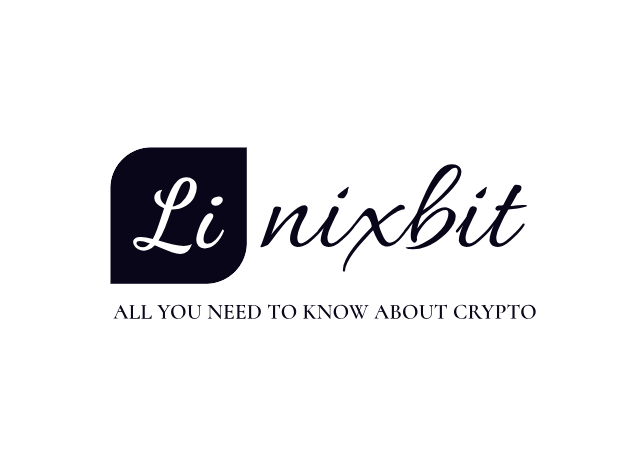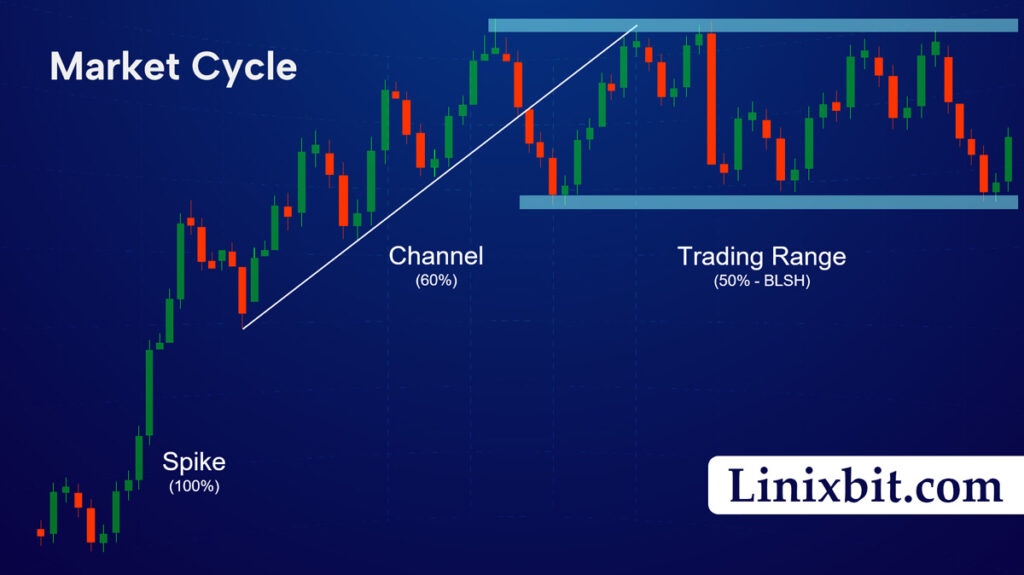All financial markets, including crypto, forex, stocks, and commodities, exhibit a repeating pattern called the market cycle. Every day, across all financial charts and timeframes, this cycle repeats itself because it is grounded in human psychology.
But what is market cycle? A market cycle is a recurring pattern in financial markets consisting of three main phases: spike, channel, and trading range. The spike phase presents a rapid price shift after a period of consolidation that shows significant directional momentum. The market enters the channel phase after the spike phase, during which prices continue moving in the same direction but with corrective adjustments. The market reaches a trading range phase where prices move horizontally because the buying and selling forces reach equilibrium.

XRP/USDT M1 chart, analyzed by Ali Oliyaee, published on Tradingview, May 26, 2025
Why Understanding Market Cycles Is Important?
Market movements are dictated by emotional patterns such as fear, greed and indecision rather than random activity. A predictable emotional sequence shapes the market phases which traders refer to as the market cycle. The understanding of current market phases allows traders to adjust their strategies to optimize profits while maintaining risk control.
What Are the Phases of the Market Cycle?
The market cycle can be broken down into three primary phases:
1. Spike Phase
During this stage there is a sudden and quick price movement which usually occurs after a consolidation period. A spike means buyers or sellers suddenly dominate the market and its presence stands out clearly on the price chart. The breakout moment occurs when price momentum accelerates rapidly due to strong news events, sentiment shifts or high trading volume.
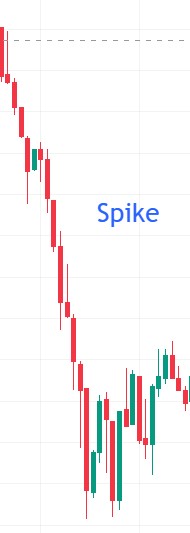
How to trade in Spikes? Traders should position themselves completely in the spike’s direction and match their trades 100% with its movement. Momentum is strong and decisive here.
2. Channel Phase
The market begins to move through a channel following the spike which shows directional movement but with controlled price adjustments. This market phase presents a trend accompanied by small pullbacks.
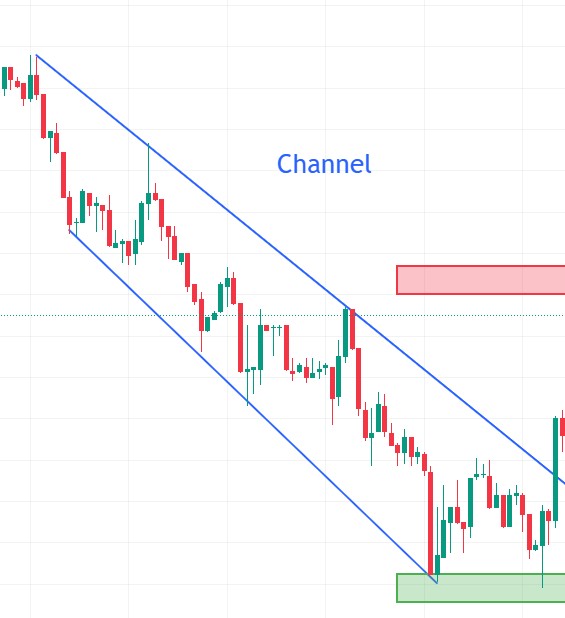
How to trade in channels? Traders must execute 60% of their trades along the channel direction while accepting 40% counter-trades during brief market corrections. The overall trend continues to control the market while brief fluctuations create extra trading chances.
3. Trading Range (Consolidation)
The directional momentum fades when buyers and sellers achieve equal power in the market. The market shifts into a trading range after the channel breaks and price movement becomes horizontal. The price moves inside specified limits without any obvious trend.
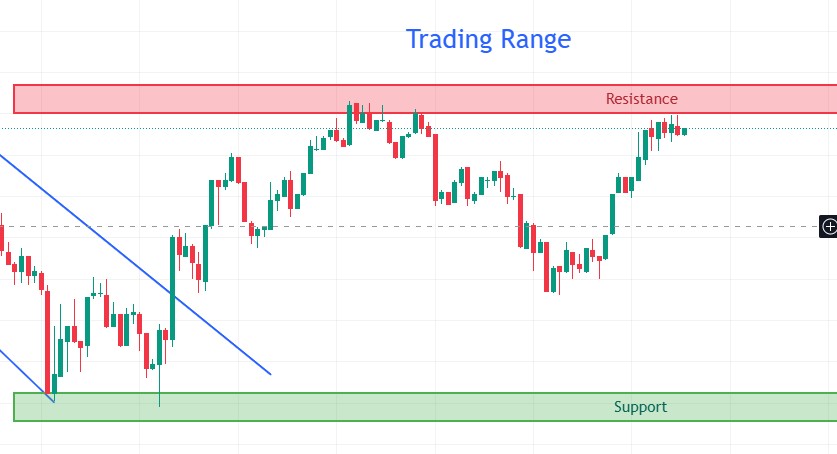
How to trade in trading range? The classic BLSH strategy—Buy Low, Sell High—becomes applicable here because neither buyers nor sellers possess control over the market. When the market stabilizes into a range-bound pattern, traders can make profits by trading at both extremes of the range.
Market Cycle Summary Table
| Phase | Description | Strategy | Example |
|---|---|---|---|
| Spike | Fast impulse move | Trade 100% in spike direction | BTC breakout on ETF news |
| Channel | Controlled trend with pullbacks | 60% trend / 40% pullback trading | EUR/USD bullish channel |
| Trading Range | Sideways price movement | BLSH – Buy low, sell high | BTC range near $30k |
Final Thoughts on Market Cycle in Financial Markets
In this article, we explored what is market cycle? A standard market cycle consisting of a spike followed by a channel and trading range emerges from human behavior patterns. Knowing the current market phase enables you to implement effective strategies when they matter most. The ability to master this cycle stands as a critical skill that distinguishes professional traders from others. Knowledge of market rhythms strengthens your trade timing and maintains your emotional discipline. When your trading strategy matches the current market phase, you will achieve more consistent and effective results.
